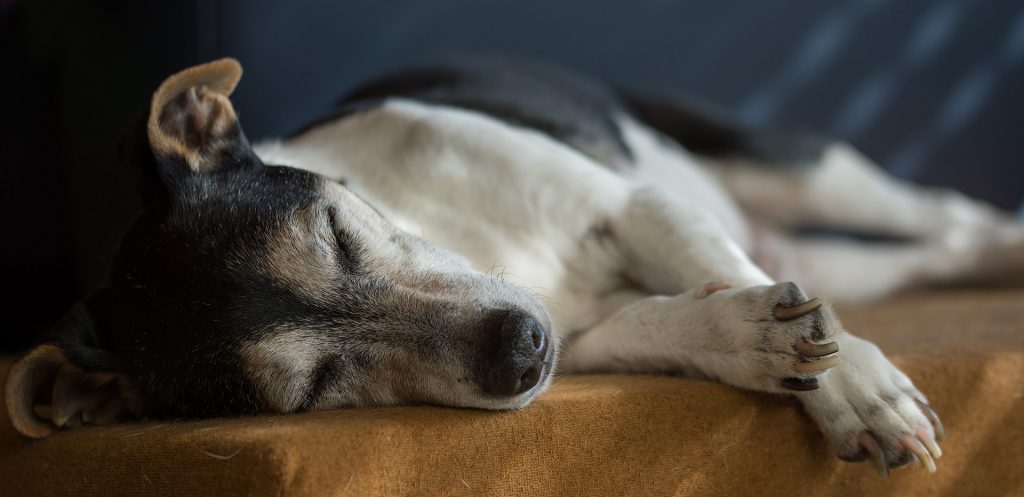After surgery, your pet will be able to go home a few hours after waking up from anesthesia in routine surgeries. In case of complicated surgeries, your animal may be kept for 24 hours or longer for hospitalization for monitoring and intensive care. Recovery from surgery depends on the duration of surgery and the age and health status of your pet. However, the anesthesia protocol and the medication for pain management that we use at Staris Veterinary Clinic lead to quicker recovery times.
There are a couple of things that you should do to help your pet after his/her surgery:
- At home, allow your dog or cat to recover in a warm, quiet space. In this way you can increase comfort and reduce stress.
- Monitor closely your dog or cat for the first 24 hours after surgery.
- Monitor the incision for any abnormal signs, such as redness or swelling. That could indicate possible infection the first days after surgery.
Your animal in some cases will appear sleepy for a day or so, as the general anesthetic and/or sedative can take a number of hours to wear off. Normally the next day or two your pet’s behavior will return to normal.

- You must make sure that you keep your pet’s bandages dry.
- Keep your dog or cat confined for the first days after surgery. In this way you can prevent your pet from jumping, running or going up and down the stairs.
- Following orthopedic surgery, your dog or cat may need to be on restricted exercise for even longer. It may even need strict confinement.
- Your pet may feel a bit nauseous after waking up from the anesthetic. Sometimes eating can cause vomiting. After the operation, if your dog or cat searches for food, you can give them a small evening meal of something light. For example cooked chicken or a small portion from their normal food, unless indicated otherwise. Ensure there is easy access to clean, fresh water at all times. Meals can return to normal the day after surgery.

